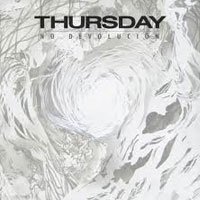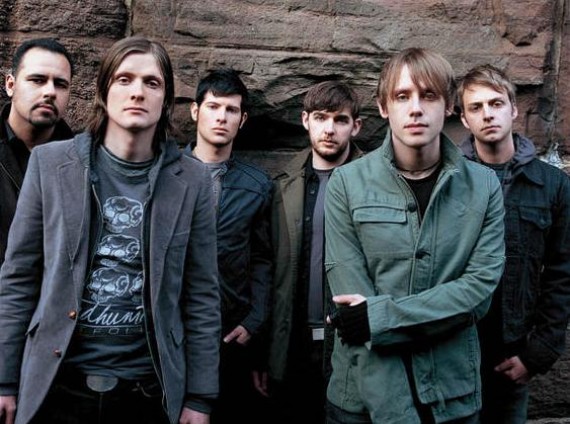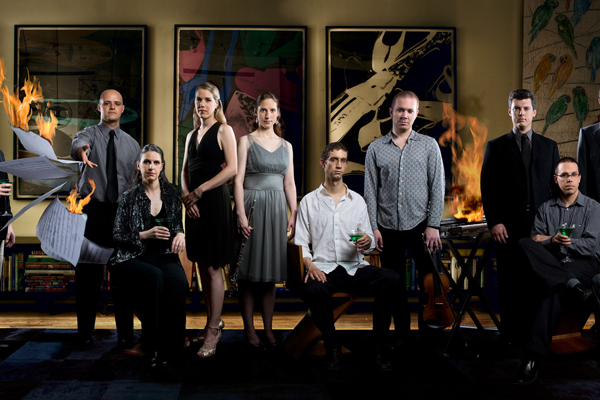 Thursday: No Devolución (Epitaph, 4/12/11)
Thursday: No Devolución (Epitaph, 4/12/11)
Thursday: “Magnets Caught in a Metal Heart”
[audio:https://alarm-magazine.com/wp-content/uploads/2011/05/07-Magnets-Caught-In-A-Metal-Heart.mp3|titles=Thursday: “Magnets Caught in a Metal Heart”]
New Jersey-based post-hardcore band Thursday just released No Devolución, its sixth full-length album and second on Epitaph. The band’s lead singer, Geoff Rickly, is also involved in a side project called United Nations, in which he’s the only officially listed member, due to its various members’ contractual obligations. The music occupies the same hardcore-punk territory as Thursday and features comedic lyrical contributions from Daily Show correspondent Kristen Schaal. Before it was turned away by multiple retailers, its self-titled debut from 2008 originally featured a modified version of The Beatles‘ Abbey Road cover art. Here, Rickly explains his longtime interest in the Fab Four.
Ten Absurd and Wonderful Songs by The Beatles
by Geoff Rickly
When I was just a boy, my mother would sometimes drop me off at my Nana’s house in Connecticut, kiss me goodbye, and rush off to work. It was one of my favorite places in the world: the way the sun came through the porch and made patterns on the curtains, the way there were treats of every possible variety (coffee cake, waffles, bacon, etc.), and, most of all, the way that my Nana had no regard for material things like money, possessions, security, or savings accounts. She would often say to my mother, “Enjoy it, Patty, you can’t take it with you.”
Case in point: my mother’s complete collection of The Beatles’ records. My Nana saw no harm in letting me play whatever record I wanted on my cheap, blue-and-yellow plastic Fischer Price record player. It completely broke my Mom’s heart that I ruined those records, but I think she was able to laugh about it proudly when it became clear, many years later, that I was devoting my life to a passion for music. A passion that started with destroying those records.
Being that I started my love for The Beatles at the age of four, I’ve always been drawn to the most absurd, childlike, and wondrous tracks by the Fab Four. Here are my favorites.
1. “Being for the Benefit of Mr. Kite!”
Nothing conjures the joy and mania of a grand circus like the multi-ring narrative of “Mr. Kite.” The wide cast of mysterious characters like Mr. K, Mr. H, Henry the Horse, and the Hendersons dances, sings, and spins its way through Bishop’s gate and hoops of fire, while the band cartwheels through the pomp of a traveling circus band. The crowning achievement of the song is John Lennon announcing the proceedings in the disaffected eloquence of a tired but consummately professional carnival barker.
 Ty Segall: Twins (Drag City, 10/9/12)
Ty Segall: Twins (Drag City, 10/9/12)



